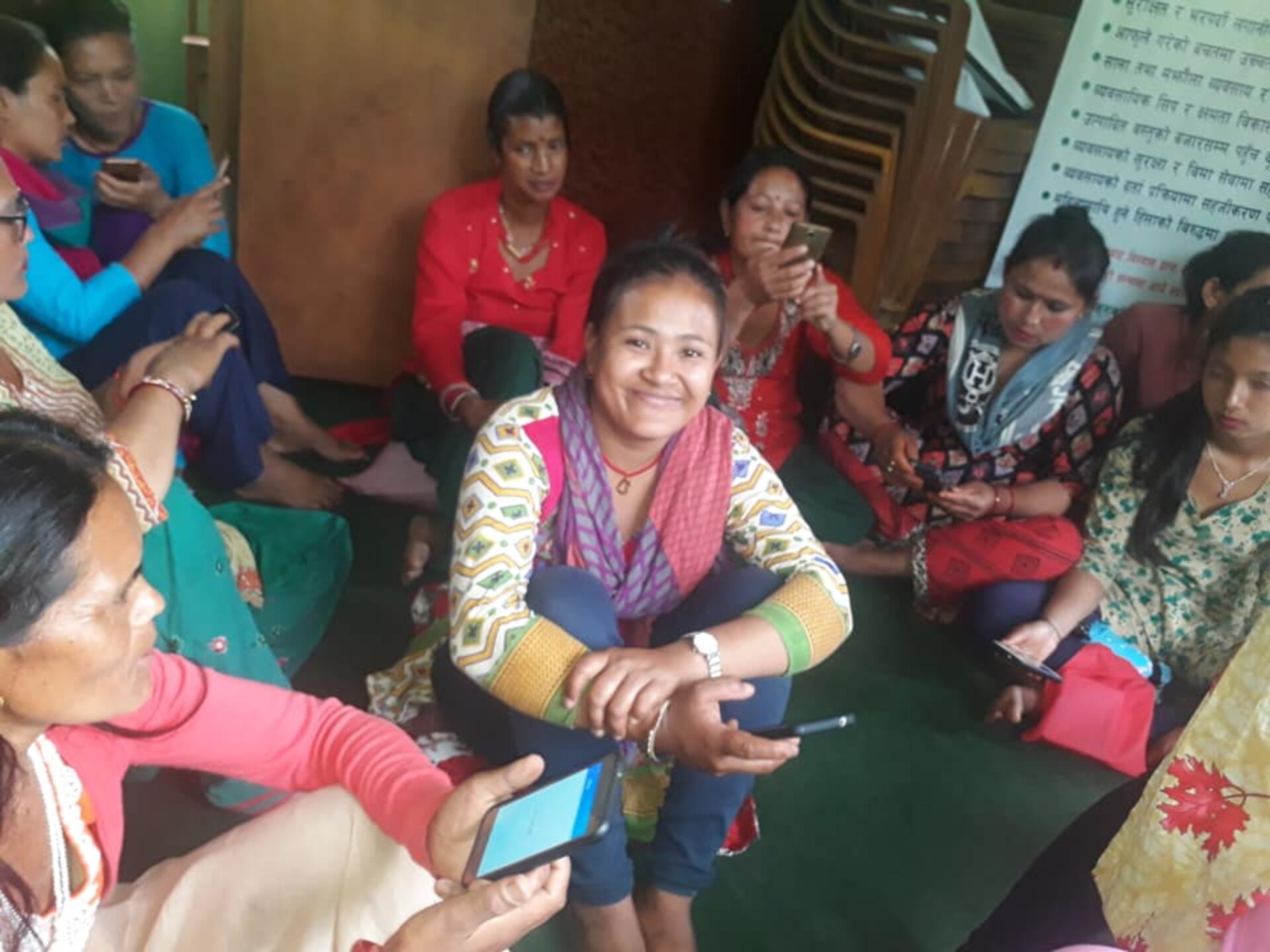
Completed project
Sustainable use of technology for public sector accountability (SUSASAN)
2017 - 2021
CAD$ 4,795,702
Global Affairs Canada, and $268,427 CAD from CECI
95,303 people
SUSASAN's overall aim is to increase access to and use of technological tools to support Nepal's democratic project and the political education of its population. Through the creation of technology centers, training courses and the acquisition of technological tools, we aim to support the autonomy of citizens and give them the conditions to increase their political participation. To achieve this, we benefit from the support of our partners: Centre for Law and Democracy, Young Innovations, Freedom Forum.
By promoting access to integrated technologies and the technological capabilities of non-governmental organizations such as municipalities, the project also aims to support practices of good governance, transparency and accountability among political leaders.
Enhancing democracy through digital technology
Encouraging citizen participation, transparency and good governance
In recent decades, Nepal has experienced periods of political instability. A recent democratizer, the country is now implementing various strategies to ensure its transition to more democratic practices. However, the lack of access to integrated technologies facilitating transparent governance is a major obstacle to this ongoing political shift.
Citizens have little access to municipal documents and few spaces in which to make their voices heard. Technological infrastructures and institutional mechanisms are also poorly developed to support real social participation. SUSASAN responds to these needs. Of the 285,910 people reached by the project, 168,064 were women from marginalized groups and 185,000 were young people. These people now have better access to public resources, and the confidence to engage in public forums and demand their rights.

Results that count
Communities mobilized around a democratic technology project
95 %
of project participants believe that the Susasan tools introduced play an essential role in creating interaction between citizens and local governments
93 %
of targeted women's groups have access to and use technological tools
265 896
people use technology for better governance, including 168,064 women from marginalized groups and 185,000 young people
66
technology centers created
200
technology centers created
Our partners
Thank you to our financial and implementation partners, without whom this project would not be possible.

Publications liées
Education & training
Susasan School: A Capacity Building Approach Nepal, 2021
Governance & local development
Promoting Inclusive Governance at the Local Level Nepal, 2021
Governance & local development